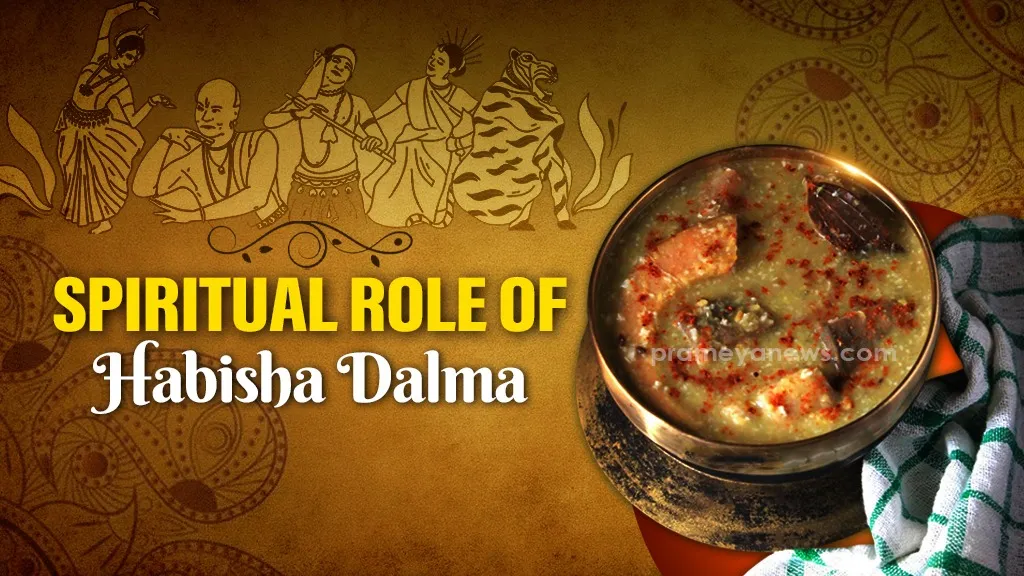

The Habisha Dalma: Spiritual Purity on Kartik Monday
The Hindu calendar holds no month more sacred than Kartik. In Odisha, this spiritual period is marked by the observance of the Habisha Vrata, a regimen of devotion, austerity, and simplified living. For the thousands of Habishialis - devotees, traditionally widows and elderly women, who commit to this month-long fast - the food they consume is as crucial as the prayers they offer. The ultimate expression of this spiritual diet is the Habisha Dalma, a dish of immense cultural significance especially prepared on the auspicious Mondays of the month.
Why This Sacred Food Matters
The Dalma is central to the single meal consumed daily by Habishialis. It is a satwik (pure vegetarian) dish, meticulously prepared to adhere to the strict dietary laws of the Vrata.
The religious mandate is to avoid certain ingredients deemed impure or overly stimulating. As a result, the Dalma is strictly prepared without onion, garlic, or even mustard oil. Traditionally, it is also made without turmeric, an ingredient often used in other daily cooking. This simple, nutrient-rich meal is offered as prasad (blessed food) to Lord Jagannath or Lord Shiva before it is consumed.
Traditional Preparation and Ingredients
This special lentil and vegetable dish differs significantly from the everyday Odia Dalma. The main ingredient is unroasted moong dal (split green gram). This practice helps maintain the dish's authenticity.
Only a limited selection of permitted vegetables is used. These typically include:
Raw banana (Kaccha Kela), Colocasia (Arbi or Saru), Sweet potato, Elephant Apple (Oou), which provides a unique, traditional tang
The Dalma is cooked with water, salt, crushed ginger, and often finished with pure ghee, grated coconut, and a mixture of roasted cumin and dry red chili powder. This provides a comforting flavor, making the meal easy to digest. It is typically served with simple arua anna (cooked raw rice) and sometimes Oou Khatta (elephant apple chutney).
Simple Vow, Great Rewards
The observance of the Kartik Vrata, often referred to as the Damodar month, is considered the most meritorious period for devotees. By adhering to the strict disciplines and partaking in the simple, devotional meal of Habisha Dalma, Habishialis seek spiritual cleansing and the attainment of great merit. The communal consumption of this sacred food in places like Puri is a shared act of faith that strengthens the bond between the devotees and their deep cultural heritage.
The Habisha Dalma is the central satwik (pure vegetarian) dish consumed by Habishialis during their single daily meal in the holy Kartik month.
The dish is strictly prepared without onion, garlic, turmeric, or mustard oil, in adherence to the severe religious restrictions of the Vrata.
Traditional ingredients include unroasted moong dal and a specific list of vegetables like raw banana, colocasia, and elephant apple.
Consuming the Dalma, often served with arua anna and ghee, is a core part of the religious discipline meant to bring spiritual merit and purity.